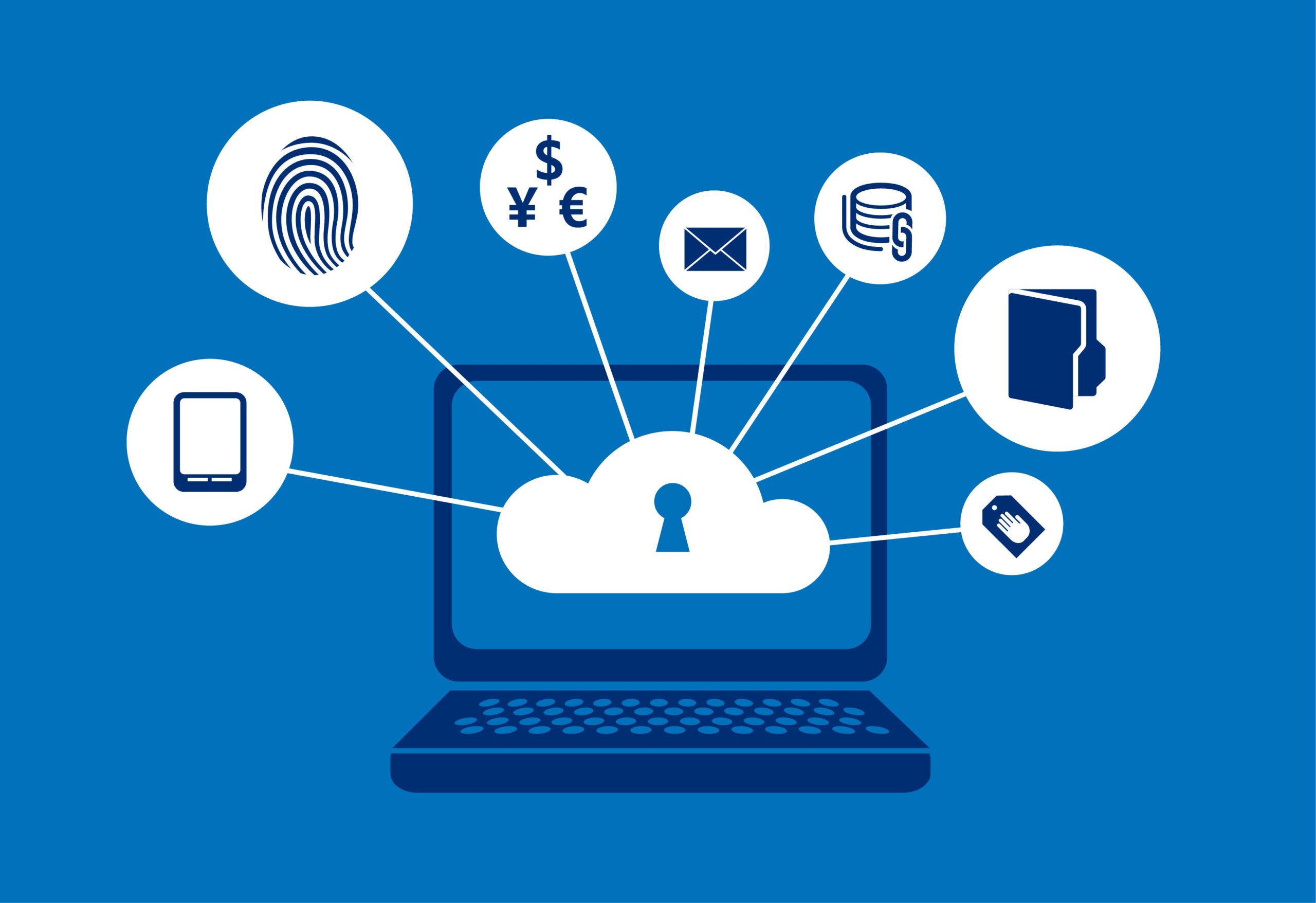As we step into 2024, the landscape of cybersecurity software is evolving at an unprecedented pace. With the increasing frequency of cyber threats and data breaches, understanding what protects your data has never been more crucial. This article, “Cybersecurity Software In 2024: What’s Protecting Your Data?”, delves into the innovative solutions and strategies that are shaping the future of digital security. From advanced threat detection systems to AI-driven security protocols, we will explore the tools that are essential for safeguarding your sensitive information.
In the following sections, you will learn about the latest advancements in cybersecurity technologies, including the role of machine learning and artificial intelligence in identifying and mitigating threats. We will also discuss the importance of multi-layered security approaches and how they can enhance your data protection strategy. Additionally, we will highlight key features to look for in cybersecurity software and provide insights into the best practices for maintaining robust security in an increasingly digital world.
Whether you are a business owner looking to protect your organization or an individual seeking to secure your personal data, this article will equip you with the knowledge you need to navigate the complexities of cybersecurity in 2024. Stay with us as we uncover the essential elements of effective cybersecurity software and empower you to make informed decisions about your data protection strategies.
As we move into 2024, the landscape of cybersecurity software is evolving rapidly. With increasing threats to data security, understanding the tools and technologies that protect our information is crucial. This article explores key subtopics that highlight the advancements and strategies in cybersecurity software.
The Rise of AI-Powered Cybersecurity Solutions
Artificial Intelligence (AI) is transforming the cybersecurity landscape by enabling software to detect and respond to threats in real-time. AI algorithms analyze vast amounts of data to identify patterns and anomalies that may indicate a security breach. This proactive approach allows organizations to mitigate risks before they escalate into significant issues.
In 2024, AI-driven cybersecurity tools are expected to become more sophisticated, utilizing machine learning to adapt to new threats. These solutions not only enhance threat detection but also automate responses, reducing the burden on IT teams. As cybercriminals become more advanced, the integration of AI in cybersecurity will be essential for effective data protection.
Zero Trust Architecture: A New Paradigm
Zero Trust Architecture (ZTA) is gaining traction as a fundamental principle in cybersecurity. The core idea is to never trust any user or device by default, regardless of whether they are inside or outside the network perimeter. Instead, ZTA requires continuous verification of user identities and device security before granting access to sensitive data.
This approach minimizes the risk of insider threats and unauthorized access, making it a vital strategy for organizations in 2024. By implementing ZTA, companies can enhance their security posture and ensure that only authenticated users can access critical information, thereby protecting their data more effectively.
Cloud Security Solutions: Protecting Data in the Cloud
As more businesses migrate to cloud environments, the need for robust cloud security solutions has never been greater. In 2024, organizations are focusing on securing their cloud infrastructure to protect sensitive data from breaches and leaks. Cloud security tools offer features such as encryption, identity management, and threat detection to safeguard data stored in the cloud.
Moreover, compliance with regulations like GDPR and HIPAA is crucial for organizations operating in the cloud. Effective cloud security solutions not only protect data but also help businesses meet regulatory requirements, ensuring that they maintain customer trust and avoid costly penalties.
The Importance of Endpoint Security
With the rise of remote work, endpoint security has become a critical component of cybersecurity strategies. Endpoint devices, such as laptops and smartphones, are often the target of cyberattacks. In 2024, organizations are investing in advanced endpoint security solutions that provide real-time monitoring and threat detection.
These solutions help protect against malware, ransomware, and phishing attacks, ensuring that endpoints do not become entry points for cybercriminals. By securing endpoints, businesses can significantly reduce their overall risk and protect sensitive data from unauthorized access.
The Role of Cybersecurity Awareness Training
Human error remains one of the leading causes of data breaches. In 2024, organizations are prioritizing cybersecurity awareness training to educate employees about potential threats and safe practices. Training programs focus on recognizing phishing attempts, using strong passwords, and understanding the importance of data protection.
By fostering a culture of cybersecurity awareness, companies can empower their employees to act as the first line of defense against cyber threats. This proactive approach not only enhances security but also reduces the likelihood of costly breaches caused by human mistakes.
Regulatory Compliance and Cybersecurity
As data protection regulations become more stringent, organizations must ensure compliance to avoid legal repercussions. In 2024, cybersecurity software is increasingly designed to help businesses meet regulatory requirements such as GDPR, CCPA, and HIPAA. These tools provide features like data encryption, access controls, and audit trails to demonstrate compliance.
Staying compliant not only protects organizations from fines but also builds customer trust. By investing in cybersecurity solutions that facilitate compliance, businesses can safeguard their data while adhering to legal standards.
The Future of Threat Intelligence
Threat intelligence is evolving to provide organizations with actionable insights into potential cyber threats. In 2024, cybersecurity software will increasingly incorporate threat intelligence feeds that analyze global threat landscapes and provide real-time updates on emerging risks. This information allows organizations to stay ahead of cybercriminals and implement preventive measures.
By leveraging threat intelligence, businesses can enhance their incident response capabilities and make informed decisions about their cybersecurity strategies. This proactive approach is essential for protecting sensitive data in an ever-changing threat environment.
The Impact of Quantum Computing on Cybersecurity
Quantum computing poses both opportunities and challenges for cybersecurity. While it has the potential to revolutionize data processing, it also threatens traditional encryption methods. In 2024, organizations must begin preparing for the implications of quantum computing on their cybersecurity strategies.
As quantum computers become more accessible, the need for quantum-resistant encryption algorithms will grow. Cybersecurity software will need to evolve to incorporate these new standards, ensuring that sensitive data remains protected against future threats posed by quantum technology.
| Category | Description | Key Features | Examples |
|---|---|---|---|
| Antivirus Software | Protects against malware, viruses, and other malicious software. | Real-time scanning, automatic updates, and quarantine options. | Norton, McAfee, Bitdefender |
| Firewall | Monitors and controls incoming and outgoing network traffic. | Packet filtering, stateful inspection, and application-layer filtering. | ZoneAlarm, Windows Defender Firewall |
| Intrusion Detection Systems (IDS) | Identifies and responds to potential security breaches. | Real-time monitoring, alerting, and logging. | Snort, Suricata |
| Encryption Software | Secures data by converting it into a coded format. | File encryption, disk encryption, and secure communication. | |
| Data Loss Prevention (DLP) | Prevents data breaches and unauthorized data transfers. | Content inspection, endpoint protection, and policy enforcement. | Symantec DLP, McAfee DLP |
| Multi-Factor Authentication (MFA) | Enhances security by requiring multiple forms of verification. | SMS codes, authentication apps, and biometric verification. | Google Authenticator, Authy |
| Cloud Security Solutions | Protects data stored in cloud environments. | Access controls, encryption, and compliance monitoring. | AWS Security, Microsoft Azure Security |
| Endpoint Protection Platforms (EPP) | Secures endpoints like laptops and mobile devices. | Threat detection, response capabilities, and centralized management. | CrowdStrike, Sophos |
This HTML document provides a structured overview of various cybersecurity software categories in 2024, detailing their descriptions, key features, and examples.



